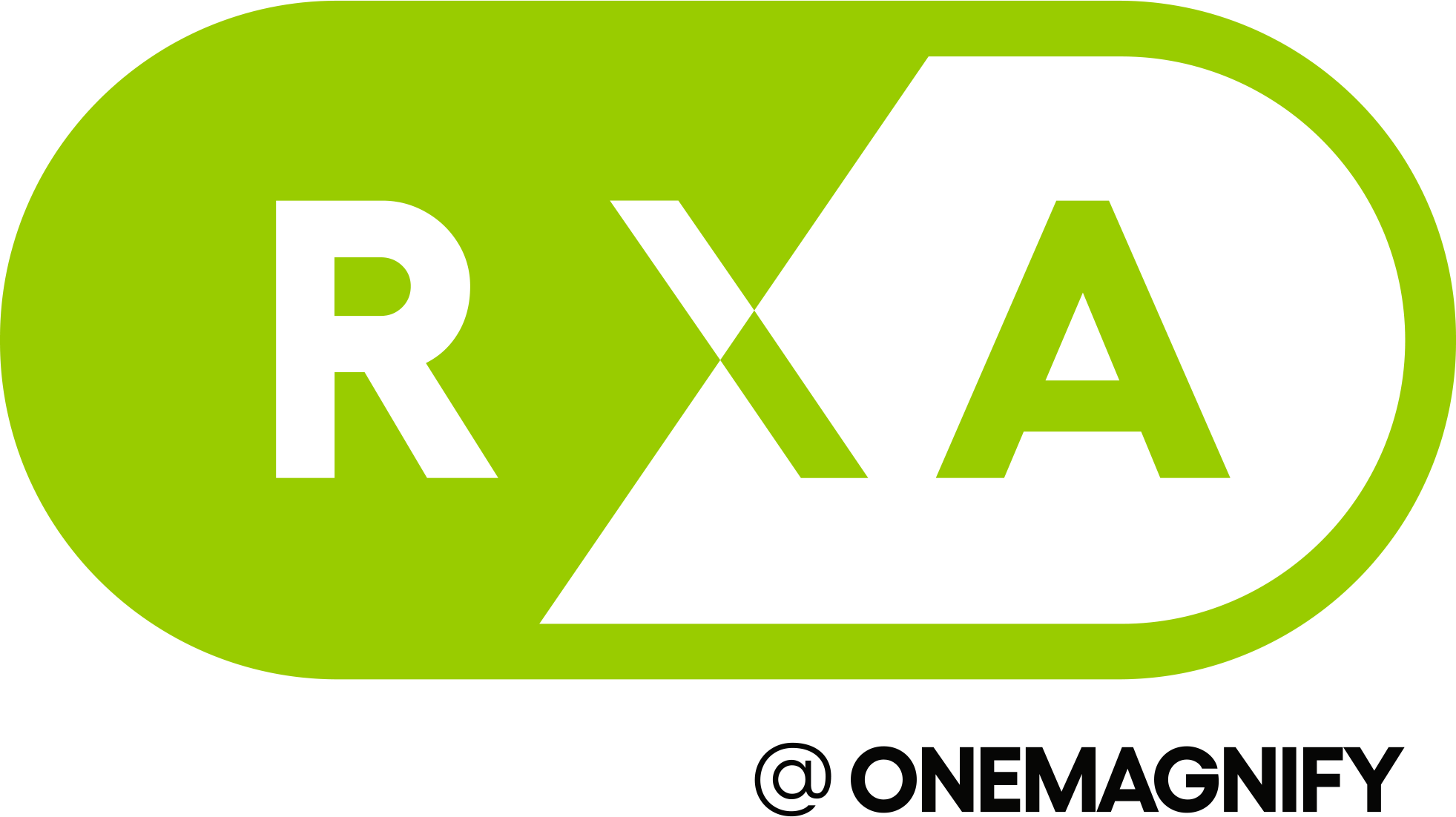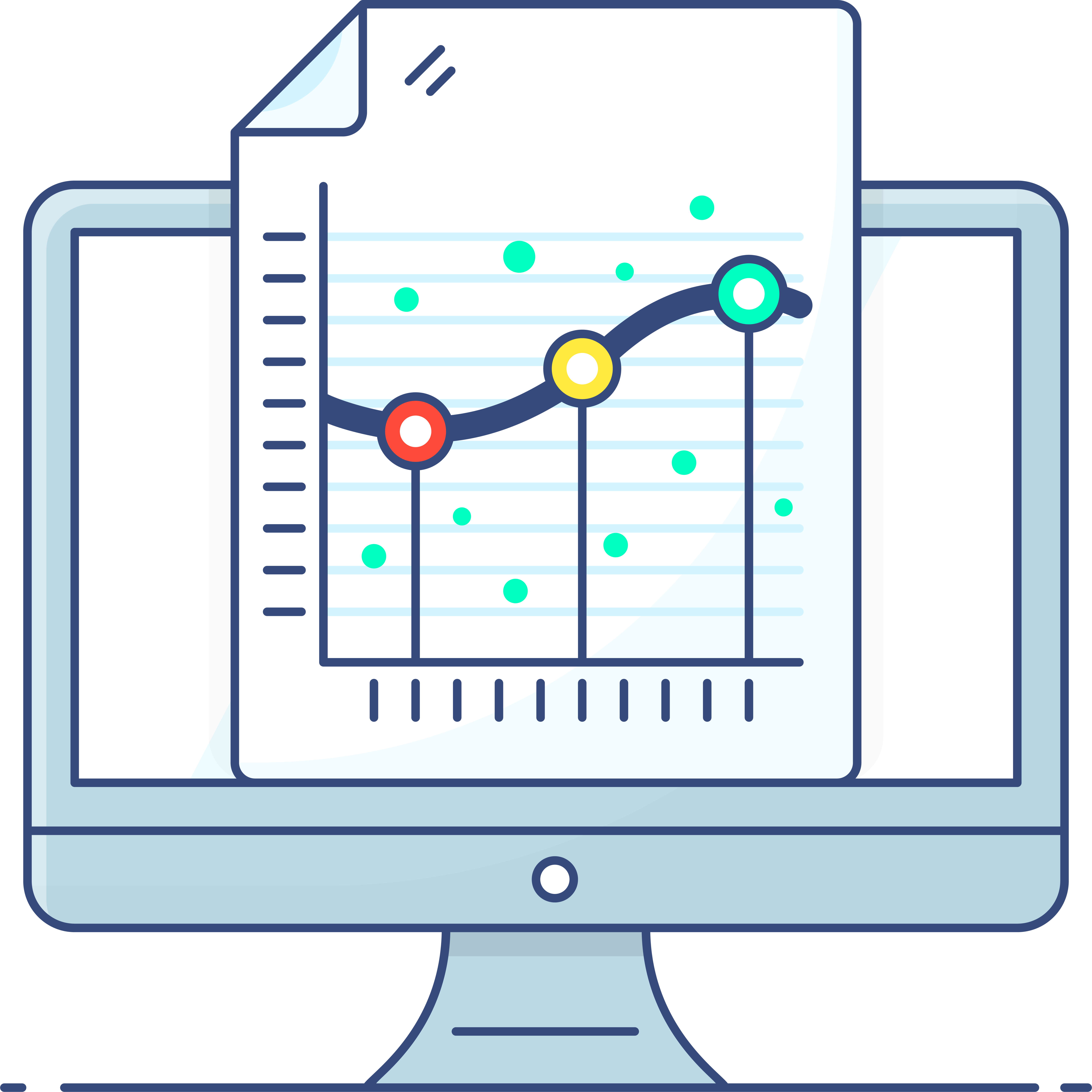For those of you who are interested in learning how to perform linear regression analysis using R, this blog post will provide you with all the information you need. We’ll cover topics such as what linear regression is, how to carry out the analysis in R, and what results you can expect from the process. By the end of this post, you’ll be equipped with the knowledge and skills necessary to perform linear regression analysis like a pro. So let’s get started!
Define linear regression and its purpose
Linear regression is a powerful tool for data analysis that allows researchers to examine the relationship between two continuous variables. It helps analysts answer questions such as: how one variable changes as the other variable increases and how systems relate to each other. By utilizing linear regression, researchers are able to benefit from pinpointing trends, formulating predictions, and understanding their data better. This type of analysis is most commonly used in fields such as econometrics, finance, and medical sciences, but it can be utilized in any data-driven field to gain insight into dynamics between variables of interest.
Describe the steps involved in performing linear regression analysis
Linear regression analysis is a tool for understanding the relationships between variables and data points. The steps for performing linear regression are relatively straightforward. First, the user gathers their data, cleans and prepares it, plots it to determine any trends or patterns, and chooses appropriate models. Then the user must identify a dependent variable to predict. After setting up the model and running the regression, they can interpret results to understand how well the model fits the data points. Model assumptions then need to be verified before coming to any conclusions about its accuracy. Finally, users can use their findings to make decisions based on their results.
How to use R to perform linear regression analysis on a dataset
To get started performing a linear regression analysis in R, you need to import a dataset with the variable of interest into the R environment. Next, clean the data to ensure reliable conclusions can be drawn from the analysis. Removing outliers or normalizing are typical and reliable methods used to clean up a dataset. Then use existing commands or functions in R to generate data about correlation and regression equations that highlight relationships between variables.
A useful tool in R is a correlation matrix, which is a table that shows the correlation between multiple variables. This can help inform which variables should be included in the linear regression model. It can be generated using the cor() function, for example:
# Generate correlation matrix
correlation_matrix < -cor(data)Once you have variables of interest, you can fit a linear model to the data with code that includes specific parameters such as independent or predictor variables and response or dependent variables. To fit a linear model in R, you can use the lm() function. For example:
regression_model < -lm(y~x1 + x2 + ..., data = data)From there, you can use the high-level graphics packages within R to visualize the results. With this knowledge at hand, performing a linear regression analysis with R is an excellent way for readers to gain insight into their datasets quickly and accurately.
Interpret the results of the analysis
Interpreting the results of a linear regression analysis is an important step in understanding the patterns and relationships within data. Analyze the R-squared value to determine how well the regression model fits the data. A higher R-squared value indicates a better fit, and a lower R-squared value indicates that there is room for improvement in the model. Generally, values between 0 and 1 are desirable, with values closer to 1 indicating better fits.
The correlation coefficient output of linear regression analysis measures the strength and direction of a linear relationship between two variables. The coefficient is always between -1 and 1, with -1 indicating a perfect negative linear relationship, 0 indicating no linear relationship, and 1 indicating a perfect positive linear relationship.
Furthermore, by diagnosing and resolving any potential issues with your data, such as outliers or multicollinearity, you are able to draw more accurate conclusions from your analysis. Therefore, having a comprehensive understanding on interpreting the results of a linear regression analysis using R can provide invaluable insights into the data’s underlying correlations. An accurate interpretation of results will involve understanding how different variables influence the response variable and allow you to make predictions from the fitted model.
Linear regression is a powerful statistical tool that can be used to analyze linear relationships between dependent and independent variables. The R programming language provides an easy way to perform linear regression analysis on datasets. By understanding how to properly use linear regression, readers will be able to make better informed decisions when analyzing data.
About RXA
RXA is a leading data science consulting company. RXA provides data engineers, data scientists, data strategists, business analysts, and project managers to help organizations at any stage of their data maturity. Our company accelerates analytics road maps, helping customers accomplish in months what would normally take years by providing project-based consulting, long term staff augmentation and direct hire placement staffing services. RXA’s customers also benefit from a suite of software solutions that have been developed in-house, which can be deployed immediately to further accelerate timelines. RXA is proud to be an award-winning partner with leading technology providers including Domo, DataRobot, Alteryx, Tableau and AWS.
Website: https://www.rxa.io
Twitter: @RXAio
LinkedIn: linkedin.com/company/rxa.io

